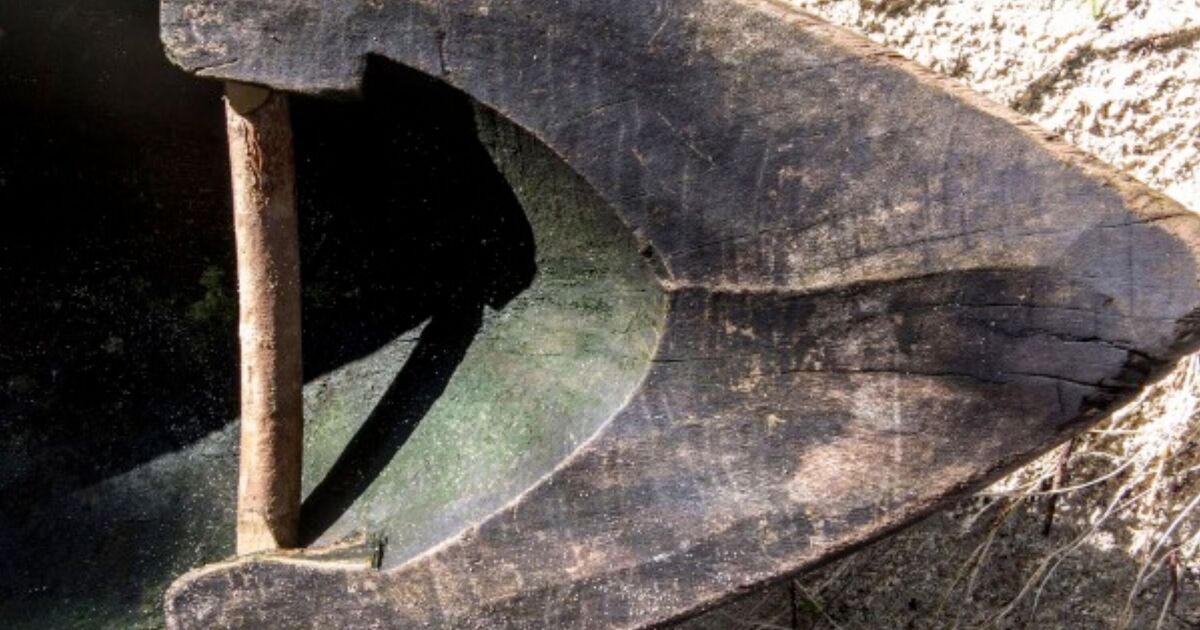Archaeologists and historians have long been stumped by an unsolved mystery concerning the well-inhabited islands of Southeast Asia, which were populated long ago.
To inhabit the islands, it is assumed that technological advancements in seafaring, beyond what was considered possible during the Paleolithic era, or in the Old Stone Age, were necessary.
These experts pondering the question may have a shocking new answer, as new research suggests that the ancient people of the Philippines and the ISEA may have mastered seafaring well before anyone else.
A new study, published in the Journal of Archaeological Science, challenges the accepted belief that technological progress during the Paleolithic era was centered in Africa and Europe.
The monumental archaeological evidence consists of stone tools excavated at sites in the Philippines, Indonesia, and Timor-Leste, providing strong evidence that, as early as 40,000 years ago, these ancient seafarers demonstrated technological sophistication that rivals that of much later civilizations.
The challenge to prove seafaring history comes from the fact that organic wood and fiber, which were likely used in the construction of Paleolithic seacraft, rarely survive in the archaeological record.
However, these new excavated stone tools offer a solution and a new way in. The latest discovery, according to the study, shows signs of plant processing that feature the “extraction of fibers necessary for making ropes, nets, and bindings essential for boatbuilding and open-sea fishing.”
Topped with the discovery of fishing hooks, remains of deep-ocean fish such as tuna and sharks, and other tools like net weights and gorges, these archaeological sites offer a rich exploration of what is obviously a robust seafaring culture.
“The remains of large predatory pelagic fish at these sites indicate the capacity for advanced seafaring and knowledge of the seasonality and migration routes of those fish species,” the study authors wrote. The collection of fish and tool remains “indicates the need for strong and well-crafted cordage for ropes and fishing lines to catch the marine fauna.”
DON’T MISS…
The relics point toward an advanced method of deep-ocean fishing, leading the study authors to hypothesize that the ancient seafarers constructed boats from organic materials and held them together with plant-based ropes. This rope technology was then adapted for fishing.
While the discovery of fossils and ancient tools on remote island chains has long been cited as proof that early modern humans crossed open oceans, the study’s authors challenge the popular notion that these journeys were accidental. Rather than drifting helplessly on bamboo rafts, the researchers argue, these prehistoric travelers were highly skilled navigators equipped with the knowledge, planning, and seafaring technology needed to cross deep waters and reach distant shores.
“The identification of boat-building materials through direct or indirect evidence is vital in understanding movements across and within island environments,” the authors wrote in the study.
“The presence of such advanced maritime technology in prehistoric ISEA highlights the ingenuity of early Philippine peoples and their neighbors,” the authors said in a statement from the university, “whose boat-building knowledge likely made the region a center for technological innovations tens of thousands of years ago and laid the foundations for the maritime traditions that still thrive in the region today.”
